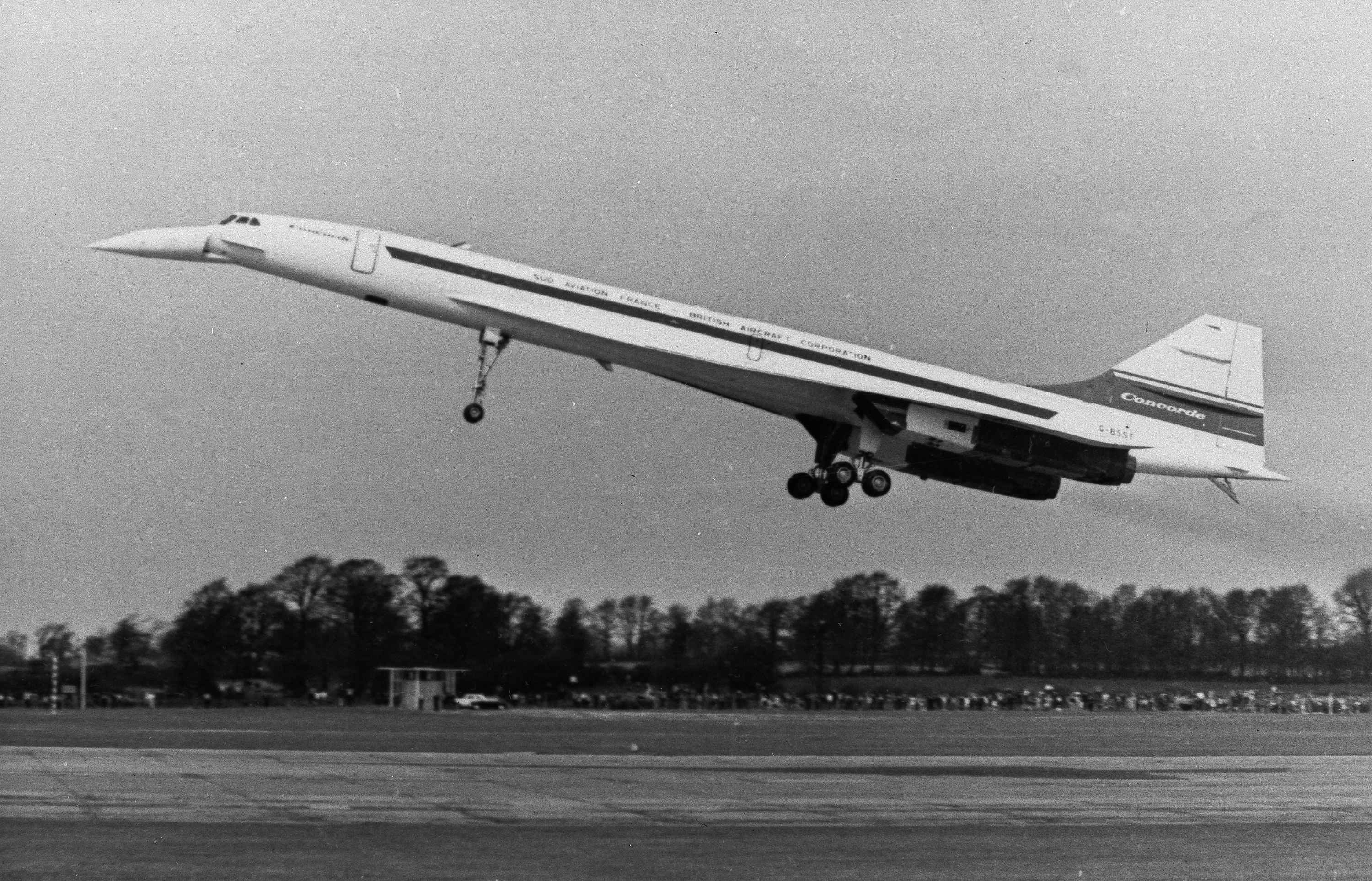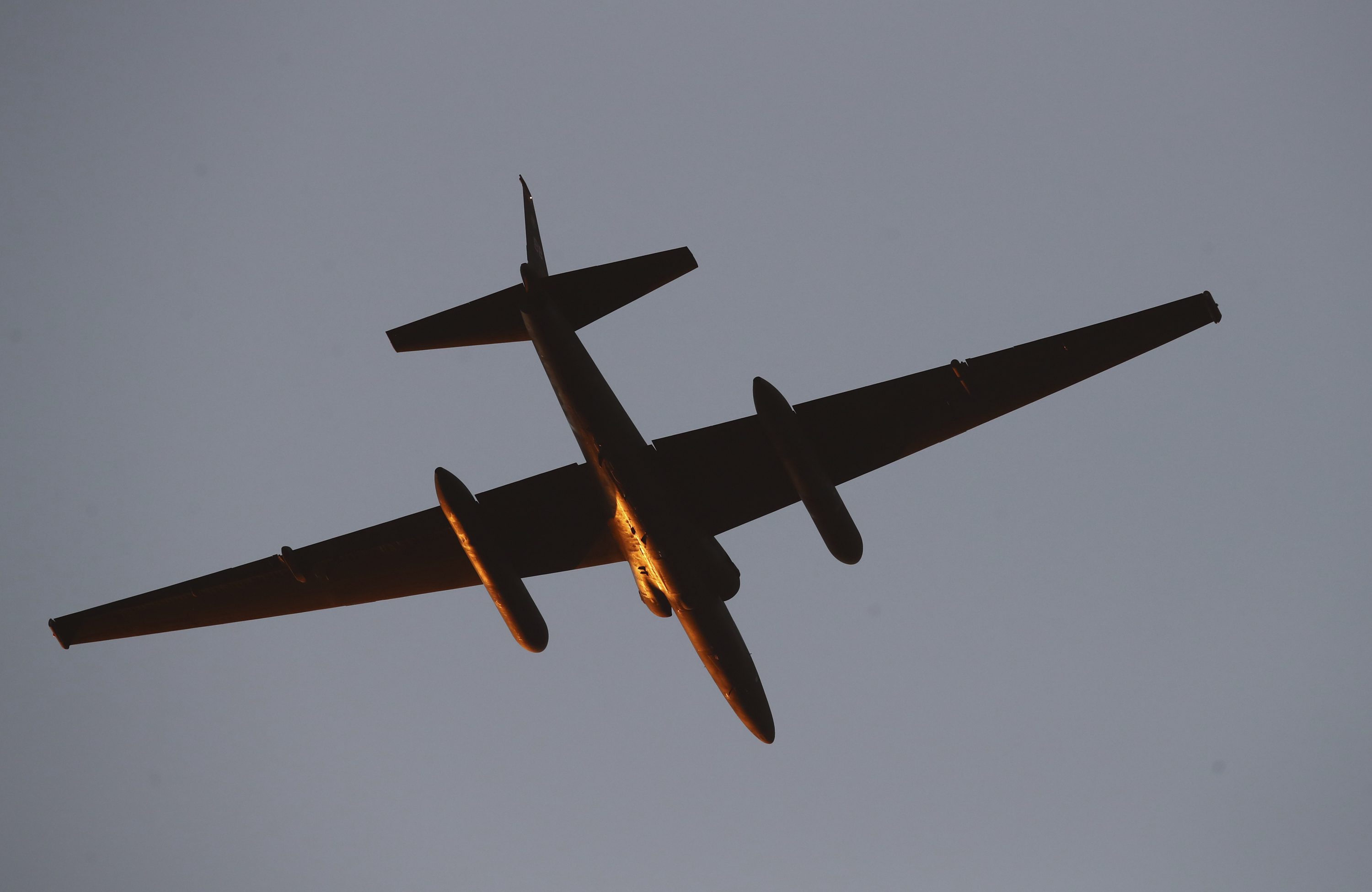
Trails of water vapor criss-cross the skies of Antwerp, Belgium. /AP
Trails of water vapor criss-cross the skies of Antwerp, Belgium. /AP
The bright white tails that seem to follow airplanes across the sky could be doing more than creating pretty patterns and prompting conspiracy theories. According to David Lee of Manchester Metropolitan University in the UK, they are man-made climate change in action – and cutting them out could help the airline industry reduce its impact by as much as 50 percent.
Although "contrails" (not chemtrails as some of the kookier corners of the internet may have it) are nothing more than water vapour, the same stuff that makes clouds, they insulate the Earth and therefore add to the "greenhouse effect" known to cause climate change.
One long-term study by Lee found that while 34 percent of atmospheric warming from jet planes was caused by carbon dioxide, 57 percent was caused by water condensing to form contrails.
So how can the industry cut down on the detrimental effect it has on the climate?
Of course, it's easy to say "stop flying" but that's probably not a realistic option.
So instead scientists have argued that by rerouting or changing the altitude at which commercial jets fly, they can cut down on contrails and therefore the "greenhouse" effect they produce.
Looking back at the history of air travel is a good place to start.
The famous Concorde plane was known for its speed – but a side-effect of supersonic flight was the altitude at which it needed to cruise to achieve such velocity. It flew at 18,000 meters, approximately 8 km higher than the cruising altitude of a Boeing 777.
At such heights, there is simply less moisture in the atmosphere to condense into water droplets on the aircraft, therefore no contrails are created.

One of Concorde's first supersonic test flights over land, in 1970. The altitude it flew at meant it created no contrails. /AP
One of Concorde's first supersonic test flights over land, in 1970. The altitude it flew at meant it created no contrails. /AP
However, the planes used in commercial air travel and freight are not designed to fly so high and it would be very expensive for airlines to change their entire stock to craft that could reach the altitudes needed to see this benefit.
This is crucial, as the global warming impact of the trails is dependent on their altitude, Paulo Ceppi told CGTN Europe.
"The greenhouse effect of clouds is roughly proportional to their altitude. Contrails are very high, so they have a relatively large greenhouse effect. Even fairly thin clouds [like contrails or cirrus] can have a substantial warming effect," the Imperial College London academic explained.
But a similar effect can be found via other methods – such as mapping and then flying in low-humidity layers of atmosphere where contrails don't form.
This method was first employed by the U.S. Air Force as it tried to keep its spy planes out of enemy sights, but has more recently been the subject of an EU research project and just this year, an academic article in the journal Aerospace.

An American U2 spy plane. Techniques to avoid creating contrails were developed to prevent the aircraft being detected. /AP/Ben Margot
An American U2 spy plane. Techniques to avoid creating contrails were developed to prevent the aircraft being detected. /AP/Ben Margot
Much like changing aircraft types, developing a new air traffic plan to allow planes to fly low enough to not create these trails could be expensive and impractical.
Instead, Ceppi told CGTN Europe changes to combustion engines used to keep planes in the air can improve the climate impact of flying.
"Apart from flying at different altitudes, possibly another way to mitigate contrails would be by reducing the amount of small aerosols [e.g. soot] released by the combustion engines, since these help to form cloud droplets and ice crystals," he said.
But for as long as combustion engines are used, some water vapor will be released, Ceppi added.
"Even without the aerosols, aircraft engines still release water vapor that will contribute to forming contrails, so I don't think the issue can be fully mitigated."
Although benefits in contrail reduction have to be balanced with increased fuel burn (at lower altitudes), according to German researchers, climate impact could be reduced by as much as 50 percent by "climate-optimized flight planning."

